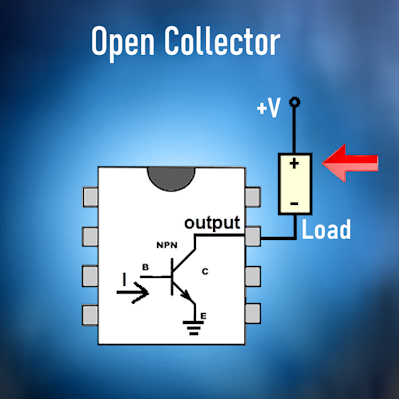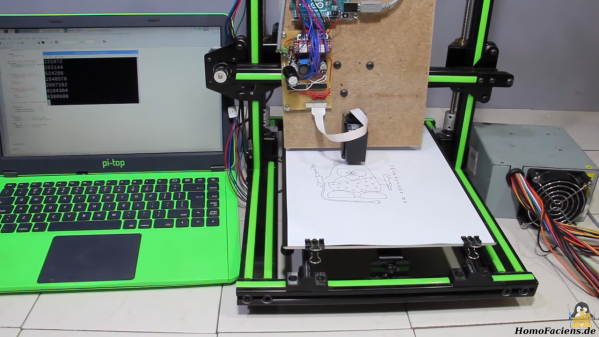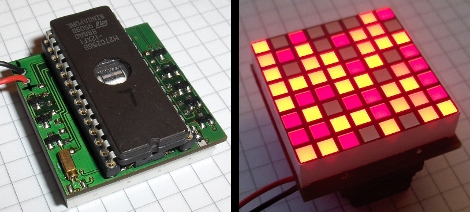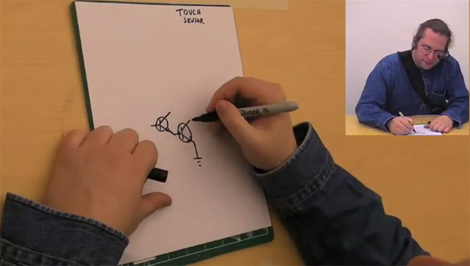The ULN2003 IC is an extremely versatile part, and with the help of [Hulk]’s deep dive, you might just get some new ideas about how to use this part in your own projects.

Inside the ULN2003 you’ll find seven high-voltage and high-current NPN Darlington pairs capable of switching inductive loads. But like most such devices there are a variety of roles it can fill. The part can be used to drive relays or motors (either brushed or stepper), it can drive LED lighting, or simply act as a signal buffer. [Hulk] provides some great examples, so be sure to check it out if you’re curious.
Each of the Darlington pairs (which act as single NPN transistors) is configured as open collector, and the usual way this is used is to switch some kind of load to ground. Since the inputs can be driven directly from 5 V digital logic, this part allows something like a microcontroller to drive a high current (or high voltage, or both) device it wouldn’t normally be able to interface with.
While the circuitry to implement each of the transistor arrays isn’t particularly complex and can be easily built by hand, a part like this is a real space saver due to how it packs everything needed in a handy package. Each output can handle 500 mA, but this can be increased by connecting in parallel.
There’s a video (embedded below) which steps through everything you’d like to know about the ULN2003. Should you find yourself wanting a much, much closer look at the inner secrets of this chip, how about a gander at the decapped die?
Continue reading “Everything You Ever Wanted To Know About The ULN2003”

















